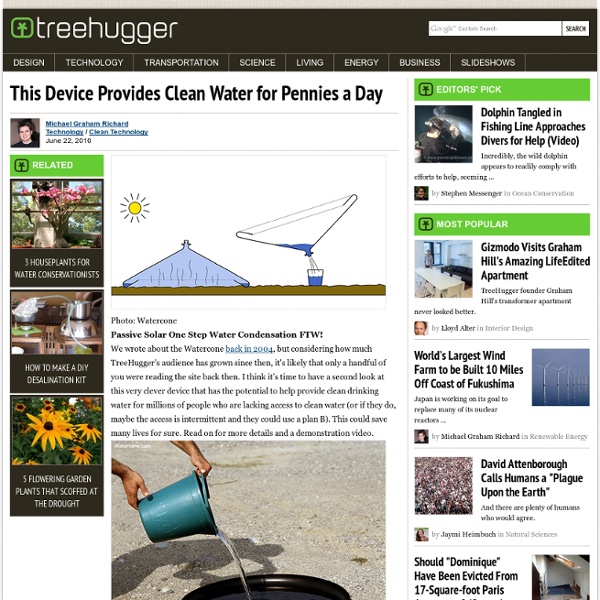This Device Provides Clean Water for Pennies a Day

3 Ways to Tell Time Without a Clock
Edit Article Sun PositionReading the MoonNorth Star Clock Edited by Jen, Nicole Willson, Dan McGillen, [UCF] grego and 50 others For many people, knowing the correct time is vital to everyday life. If you're in an unfamiliar environment without any kind of clock, however, figuring out the time could be a matter of safety and survival. Without a clock or watch, finding the exact time may not be possible, but you can figure the approximate time using the sun, moon or stars. Ad Steps Method 1 of 3: Sun Position 1Make note of the position of the sun. 4Determine which segment the sun is in. Method 2 of 3: Reading the Moon[2] 1Find the moon. Method 3 of 3: North Star Clock 1Locate the Big Dipper constellation. 6Correct for daylight saving time and time zone variation. Tips Don't forget to correct for daylight saving time.Don't stress out about exact numbers. Warnings
72 Uses For Simple Household Products To Save Money & Avoid Toxins
Limiting the amount of products you bring into your home will not only cut down on costs at the grocery store but will keep you and your family healthier. Below is a list of some common uses for seven household products. Add some drops of essentials oils like lavender, rose, or sweet orange to any of them for extra pleasure! Here are a few more tips to help you go green and save money! Cut up old bath towels. Photo Credit: Shutterstock.com
Jungle Survival: Finding Water"
Because jungles are so wet, collecting rainwater is probably the easiest part of survival. Leaves on the rainforest floor are large because of the limited amount of sunlight they get. The larger the leaf, the more of the sun's rays it can soak up. You'll fare even better if you can find a running water source. Believe it or not, plastic bottles also work for boiling. Green bamboo has clear and odorless water inside it that you can drink. Another way to collect water is to make a solar still. Choose a moist area that gets sunlight for most of the day.Dig a bowl-shaped hole about 3 feet across (91 centimeters) and 2 feet deep (60 centimeters), with an additional sump, or deeper pit, in the center.Place the container into the sump.Place the plastic over the hole and cover the sides with rock and soil to keep it secure.Put your rock in the center of the sheet and let it hang down about 18 inches (45 centimeters), directly over the container, to form an inverted cone.
Related:
Related:



